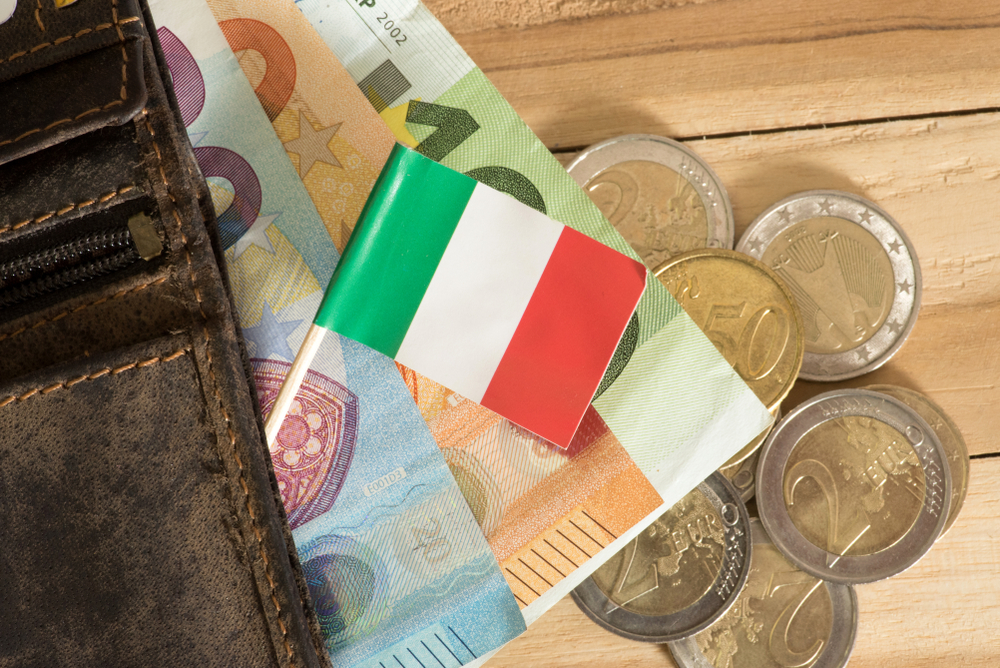Italian economy in pre-recession phase
The Italian economy is going through a period of growing instability, marked by a series of negative indicators. Recent figures from the Bank of Italy, the downward revision of growth forecasts by the EU and ISTAT data on Italian GDP indicate that the country is now in a "pre-recession" phase.
Indicators of a Shrinking Economy
The Bank of Italy's September bulletin shows a marked decline in loans to businesses, an alarming sign that highlights the lack of confidence and limited availability of capital for investment. The Confesercenti association underlines that this slowdown is due to a combination of factors: high inflation, restrictive monetary policy and global uncertainty.
In this context, Italian GDP also showed signs of contraction, exceeding the negative forecasts. Furthermore, the accumulation of inventories makes it difficult to imagine an economic recovery in the second half of the year. The objective of +1% GDP growth envisaged by the Economic and Financial Document (Def) now seems an unattainable goal.

Falling Consumption and High Inflation: a Dangerous Combination
One of the main factors weighing on the already fragile Italian economy is the decline in consumption. Italian household spending showed a contraction of 0.2% in the second quarter compared to the first three months of 2023. Although the increase in foreign tourism has somewhat balanced this decrease, the overall picture remains worrying.
The erosion of purchasing power, amplified by rising inflation, is heavily influencing the spending decisions of Italian families. Non-resident spending has shown a slight improvement, but domestic consumption is still half a percentage point below pre-pandemic 2019 levels.
The Urgent Need for Measures to Protect Purchasing Power
In such a precarious economic context, Confesercenti insists on the need to adopt effective measures to defend the purchasing power of families and workers. Among the most significant proposals, the association suggests the tax relief of thirteenth wages and salary increases linked to inflation.
In the absence of significant interventions, the risk of further erosion of purchasing power caused by tax pressure could lead the Italian economy into a downward spiral. This is a threat that the country cannot afford to underestimate, especially if it aims for a sustainable recovery.
In conclusion, the Italian economy is facing a series of challenges that require rapid and targeted action to reverse the negative trend. With global uncertainty and inflationary pressure as the backdrop, the time to act is now. The adoption of incisive policies is essential to safeguard the economic well-being of Italian families and to put the economy on a path of sustainable growth.



